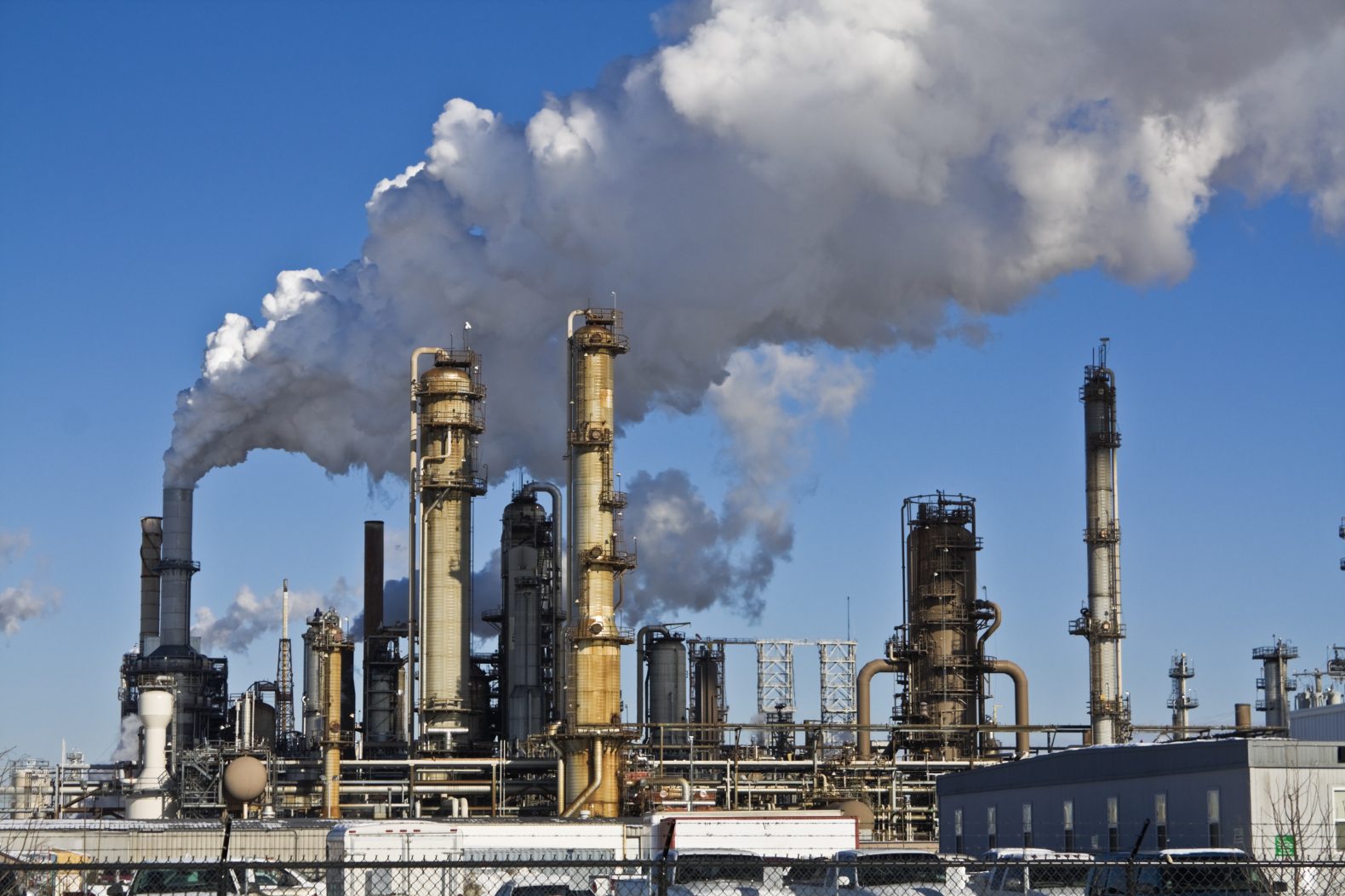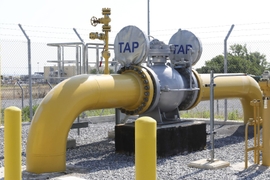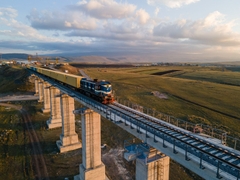Iran plans to construct an oil refinery in Syria as part of its efforts to help rebuild a country ravaged by more than six years of war.
“The raw materials of this refinery, built near the city of Homs, will be crude oil and light and heavy oil that will be supplied by Syria,” said Mansour Bazmi, the acting chief of Iran’s Research Institute of Petroleum Industry (RIPI), according to Fars news agency.
Bazmi added that the refinery would be able to churn out 140,000 barrels per day (bpd), although the refinery’s initial capacity will be half that number, and that the refinery would be designed and constructed by Iranian, Venezuelan and Syrian companies. About $1 billion is needed to finance the project, which is expected to come from international financial institutions.
The crude oil, as well as the light and heavy oils to be refined at the complex, will come from Syria’s own hydrocarbon resources. The main end-products produced will include liquefied petroleum gas, petrol (gasoline) and kerosene.
Bilateral economic deals with Iran aimed at jump-starting Syria’s crippled economy are nothing new. In July 2013, Iran opened a $3.6 billion line of credit for Syria to help keep its economy afloat, and was used mostly for oil imports, and in 2015 Tehran extended the credit line for another $1 billion.
On September 12, the two countries entered into agreements to restore the country's power grid and overall infrastructure. Iran agreed to build a power plant in Syria’s coastal province of Latakia, which is expected to have a capacity of 540 megawatts (MW).
Iran also agreed to help to restore full power to the northern city of Aleppo, beef up the performance of the Jandar Generating Plant in Homs, and restore the main control center for Syria’s electricity grid, which is based in Damascus. In Deir al-Zor province, where the Syrian army and allied forces recently made advances against Islamic State (IS), Iran has agreed to rehabilitate a 90 MW power station.
Electricity generation projects Iran is undertaking in Syria are estimated at a cost of $660 million. Some would not only improve domestic capacity and increase consumption but also export electricity by connecting Syria’s grid to the national grids of Lebanon and Iraq.
According to The Middle East Institute, since the seizure of the northern Syrian city of Aleppo in December 2016, the Syrian government has granted the companies of the Islamic Revolutionary Guards Corps (IRGC) – the Iranian military force and powerful economic actor – with lucrative contracts. In January 2017, the Iranian government and entities close to the IRGC signed several telecommunications and mining agreement with Damascus, during a visit by Syrian Prime Minister Imad Khamis to Tehran.
Since the start of the civil war in Syria in 2011, Iran has officially supported the government of President Assad.
"We don’t allow the enemies and the countries which have hatched plots (against Syria) to participate in Syria's reconstruction, and they will play no role," Syrian Industry Minister Ahmad al-Hamou said in August said after visiting the Iranian companies' booths in the 59th International Fair of Damascus, according to Iman News.







 Colonel Anar Eyvazov, spokesperson for the Azerbaijani Ministry of Defense, has disclosed significant developments concerning the early withdrawal ...
Colonel Anar Eyvazov, spokesperson for the Azerbaijani Ministry of Defense, has disclosed significant developments concerning the early withdrawal ...
 Russia is moving forward with what it calls a “special military operation” in Ukraine with its forces advancing in the Kharkiv region.
Russia is moving forward with what it calls a “special military operation” in Ukraine with its forces advancing in the Kharkiv region.
 Foreign Minister of Azerbaijan Jeyhun Bayramov met with his Armenian counterpart Ararat Mirzoyan in Almaty, Kazakhstan, to negotiate the peace agenda.
Foreign Minister of Azerbaijan Jeyhun Bayramov met with his Armenian counterpart Ararat Mirzoyan in Almaty, Kazakhstan, to negotiate the peace agenda.
 President Rumen Radev underscored Azerbaijan’s pivotal role as a crucial and decisive partner for Bulgaria in the energy sector during a joint pres...
President Rumen Radev underscored Azerbaijan’s pivotal role as a crucial and decisive partner for Bulgaria in the energy sector during a joint pres...
 In a high-profile trial that has gripped the nation, Kuandyk Bishimbayev, Kazakhstan’s former economy minister, has been sentenced to 24 years in p...
In a high-profile trial that has gripped the nation, Kuandyk Bishimbayev, Kazakhstan’s former economy minister, has been sentenced to 24 years in p...



